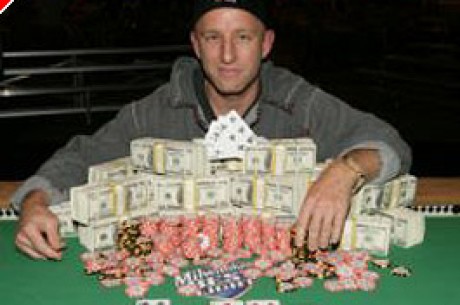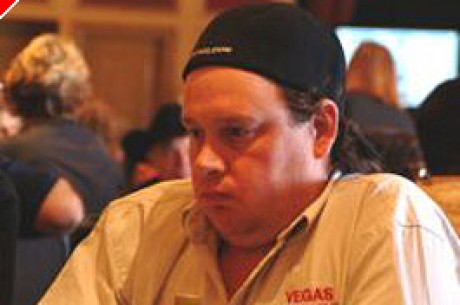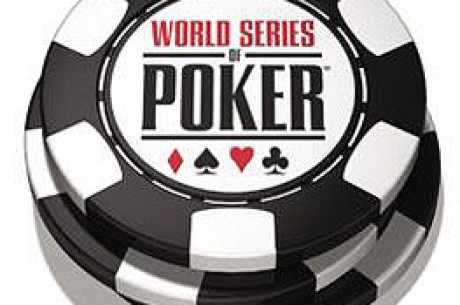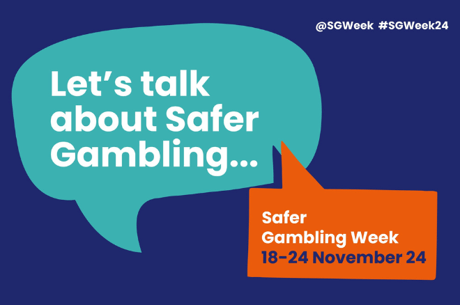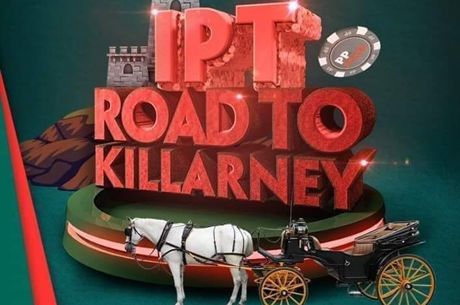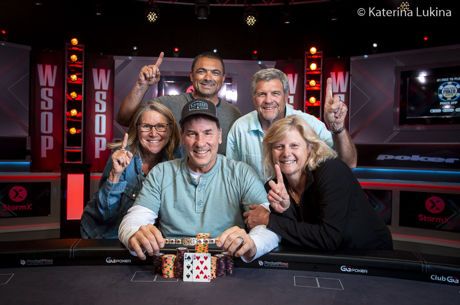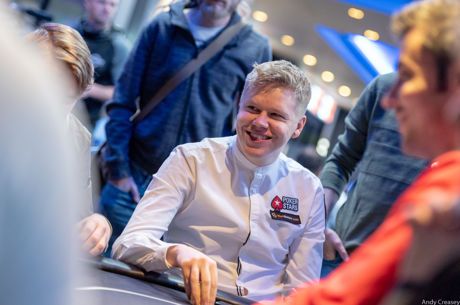WSOP Daily Summary for Wednesday, July 12th
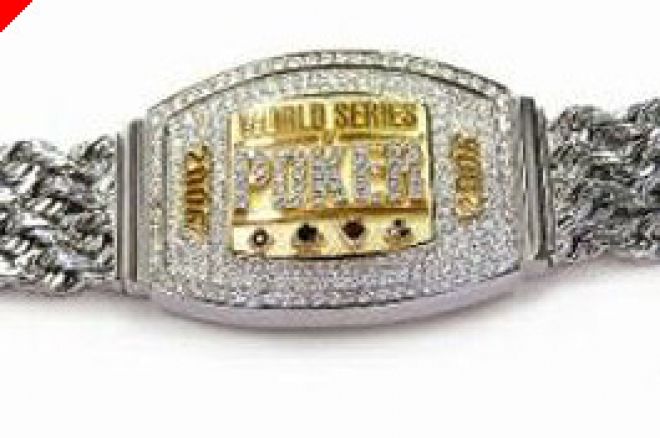
There were three events in action at the World Series of Poker yesterday, headlined by the final table for Event #17 ($1,000 No-Limit Hold'em), where Jon Friedberg defeated John Phan heads up, earning $526,185 and a coveted WSOP bracelet. (For details on that final table, read Stephen Noh's full report here.)
Actually, that's not true. There would be two final tables played on Wednesday (Event #18 also played down to a winner), and they would both be overshadowed by the biggest "Horse" since the Trojan War — Event #20 ($50,000 H.O.R.S.E.).
It was so big, I'm changing the order of this article to talk about it first. Everything else seemed to be of secondary importance today. Two bracelets were awarded in other events, but most eyes were on H.O.R.S.E.
EVENT #20 ($50,000 H.O.R.S.E.) - DAY ONE
In recent years, one of the big questions at every World Series has been, "How many players will enter the $10,000 Main Event?" This year, everyone seems to expect a field in the range of 7,500-8,500 players. The more interesting question has been, "How many players will enter the $50,000 H.O.R.S.E. event?"
Some have argued that the buy in was too high, and the field wouldn't even reach 100. Others were confident the field would top 200 entrants.
Yesterday, we finally got a definitive answer: 143 players.
The top 18 players will be paid out of a prizepool of more than $6.8 million. First place gets over $1.7 million, and second place gets $1 million and change. Those numbers are certainly nothing to sneeze at, but a lot of people are already theorizing that the winner of this event could ultimately garner more respect as a poker champion than the winner of the Main Event.
We'll have to wait and see how history views this event, but the perception will be heavily affected by the winner of this first mega-buy-in WSOP event. If a lesser-known player wins (there are few unknowns in this field), a lot of people will discount it as just another bracelet. But if Doyle Brunson were to take the bracelet, it'd be tough to find a poker writer (myself included) who wouldn't glorify this event as the "true" championship.
If you don't know by now, H.O.R.S.E. is a mixed game that combines Hold'em, Omaha eight or better, razz, stud, and stud eight or better. Every blind level, the players switch to a new game (in that order). The blinds don't really increase until a rotation of all five games is complete. All games are played in a limit format until the final eight players meet at the final table — then the game switches exclusively to no-limit hold'em.
As you'd expect in a WSOP event with a $50,000 buy in, the players received 50,000 in starting chips. That's so many chips that you probably could have skipped the first day of this three-day event and still survived to Day Two. Only 15 busted on Day One. Fifteen. The first player eliminated was Arturo Diaz, nine hours after the tournament began.
There was an early controversy as players questioned the use of used decks. Andy Bloch noticed some marked cards in the deck, and asked for new cards. (Don't automatically infer that marked cards indicate cheating; cards experience normal wear and tear that can make different cards identifiable from the back, making them "marked.") Bloch felt the floor people were condescending to him, so to ensure that the marked cards were removed from play, he bent them. He was given a ten-minute penalty.
Bloch wasn't the only concerned player. Annie Duke complained (and bent some cards), as did Doyle Brunson and Scott Fischman. As Andy Bloch rightly argued, there is too much at stake in this tournament. He even threatened to call the Nevada Gaming Commission. Rest assured that the issue with the cards will come up again.
For the railbirds, this was a dream event, with several of the most famous players at each table. One of the most interesting table draws had the last three WSOP H.O.R.S.E. champions seated together: Scott Fischman (2004), Doyle Brunson (2003), and John Hennigan (2002).
Of course, the dream matchup for a lot of fans is Mike Matusow vs. Phil Hellmuth. They famously clashed at the 2005 WSOP Tournament of Champions (Hellmuth finished 3rd, Matusow finished 1st), and the fans got to see them together again on Day One. Mike's mouth was on overdrive, chatting up Hellmuth with taunts and jokes to the delight of poker fans and ESPN producers alike.
Example? During the last round of Omaha eight-or-better, Matusow offered to stake a random railbird to play heads-up Omaha eight-or-better against Phil Hellmuth. The proposed match never went any further than that, but the offer raised the hopes of a few overeager fans as Matusow tried to put Hellmuth on tilt.
There were still 128 players in the field when play stopped shortly after 1:00 am. Why did play stop so early? (Yes, in the poker world, 1:00 am is early.) Other WSOP events have played longer first days in order to shrink the field to a manageable level, so why not this one? I have a feeling that someone will regret this decision about 3:45 am Thursday night.
Regardless of the timing, Day One had come to an end. Here are the top ten chip leaders (average stack: 55,859):
1. Joe Cassidy - 168,700
2. Patrik Antonius - 136,200
3. Captain Tom Franklin - 125,000
4. Allen Cunningham - 122,400
5. Matthew Glantz - 119,300
6. Andy Bloch - 113,200
7. Minh Ly - 110,900
8. Freddy Deeb - 110,600
9. Chad Brown - 110,100
10. Ram Vaswani - 107,400
I didn't list the notable players with above average chip stacks, because the entire field is made up of notable players. For the first time in my tournament-reporting career, it might be more informative to simply list the players who busted on Day One. But I don't want to unduly embarrass the players. (Except for Arturo Diaz, whom I've already mentioned. Sorry, Arturo!)
Is It a Threat or a Promise? Here's another gem from the Matusow-Hellmuth table. If Phil Hellmuth wins the H.O.R.S.E. event, Matusow said he'll run through the Amazon room naked. Hellmuth didn't comment on whether this would provide extra motivation or act as a deterrent, and he finished the day with an about-average 57,100 in chips.
Prediction: Andy Bloch is not only alive, but among the chip leaders in 6th place. I predict there will be brand-new decks for this event on Day Two. (And if I'm wrong, I predict that Bloch will pick up another 10-minute penalty in the first round of the day.)
Day Two of Event #18 is scheduled to begin today at 2:00 pm. There are 128 players left in the field, and the final table seats eight. You do the math. (Prepare for a long day.)
EVENT #19 ($1,000 SENIORS-ONLY NO-LIMIT HOLD'EM) - DAY ONE
Event #19 attracted 1,184 entrants, creating a total prizepool over $1 million. Like the Ladies event, this would be played over the course of just two days (rather than the usual three), and it started at 11:00 am.
While many big name players meet the "requirements" to play in this event (50 years old), they were busy playing in the $50,000 H.O.R.S.E. event.
This was another event where a $1,000 buy-in event received 1,500 in starting chips. A lot of players are hoping this trend of extra starting chips finds its way into other events next year, reducing the luck factor during the early levels.
It took 14 hours, but the field reached about 50 players by 1:00 am. Here are the top four chip leaders (average stack: approximately 35,000):
1. Jake Wells - 90,000
2. Clare Miller - 87,000
3. Tim Bullard - 86,500
4. Ray Abels - 60,500
Like Mother, Like Son: David Williams' mother Shirley played in this event. (She must have used a fake I.D. to get in.) She won't win a bracelet like her son did earlier this week, but she did him proud by finishing in 81st place, earning $2,155.
Day Two of Event #19 is scheduled to begin today at 2:00 pm, and play will continue through the final table until the bracelet is awarded. First prize is $247,814.
Ed note: Shirley's son David endorses Bodog

